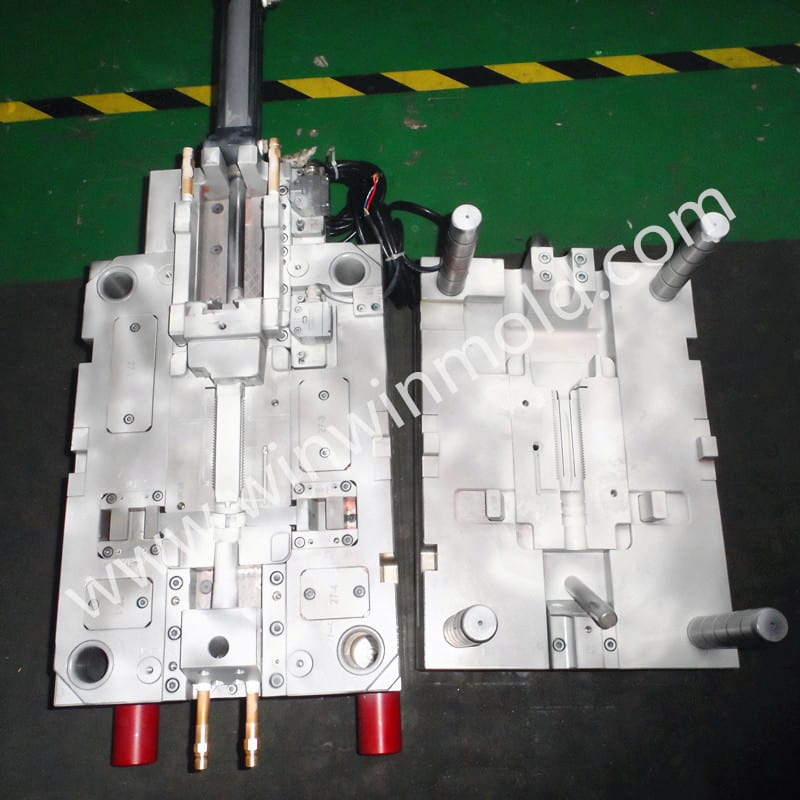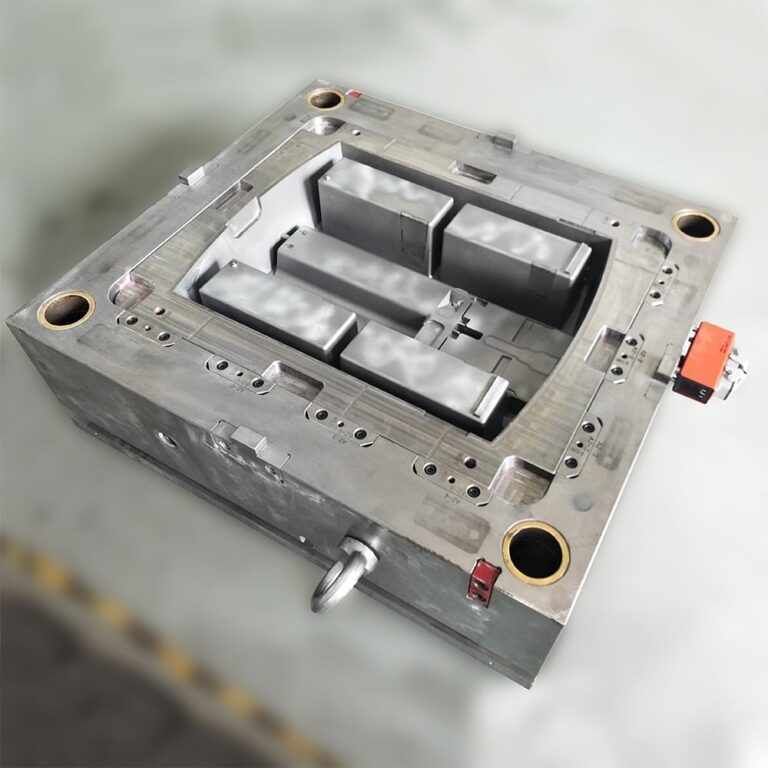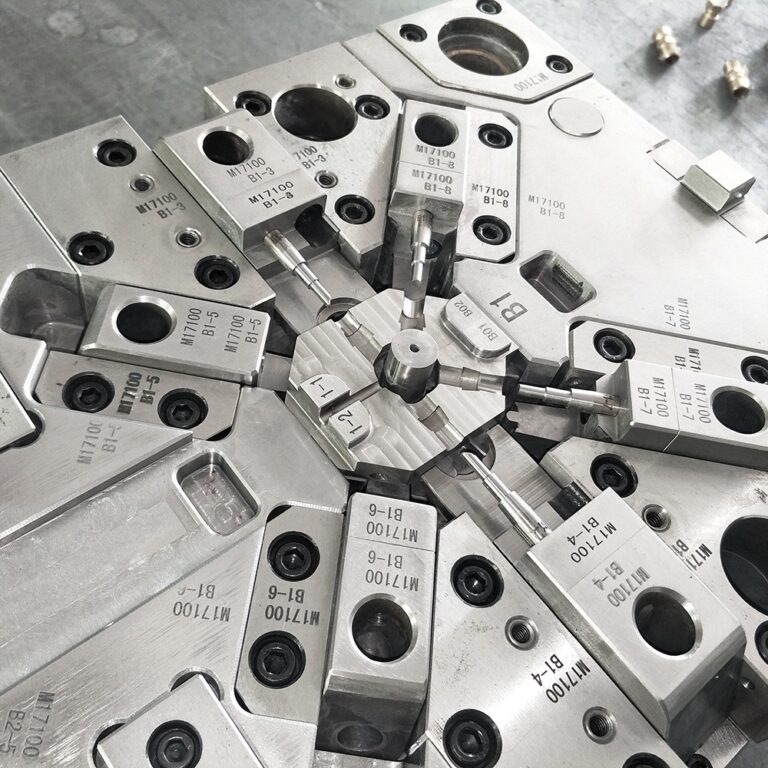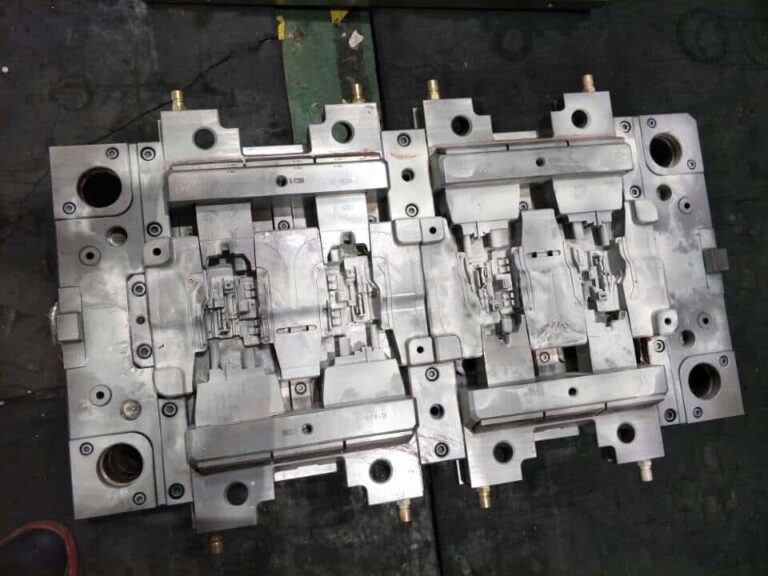Although the structure of the mold may vary greatly due to different types and properties of plastics, shapes and structures of plastic products, and types of injection machines, the basic structure is the same. The mold is mainly composed of gating system, temperature regulating system, molding parts and structural parts. Among them, the gating system and molding parts are the parts that directly contact with the plastic and change with the plastic and products. They are the most complex parts in the plastic mold with the greatest change, and require the highest processing finish and precision.
The gating system refers to the runner part before the plastic enters the mold cavity from the nozzle, including the main runner, cold material cavity, splitter channel and gate. Formed parts refer to various parts that form the shape of products, including moving mold, fixed mold, cavity, core, molding rod, exhaust port, etc.
1、 Gating system
Gating system, also known as runner system, is a group of feeding channels that lead the plastic melt from the injector nozzle to the mold cavity. It is usually composed of main runner, branch runner, gate and cold cavity. It is directly related to the molding quality and production efficiency of plastic products.
1. Primary Runner
It is a section of channel in the mold connecting the injection machine nozzle to the shunt channel or cavity. The top of the main runner is concave to connect with the nozzle. The inlet diameter of the main channel shall be slightly larger than the nozzle diameter (O.8mm) to avoid overflow and prevent blocking due to improper connection between the two. The inlet diameter depends on the size of the product, generally 4-8mm. The diameter of the main runner shall be expanded inwards at an angle of 3 to 5 degrees to facilitate the demoulding of the runner excrescence.
2. Cold charge cavity
It is a hole at the end of the main runner to catch the cold material generated between two injections at the nozzle end, so as to prevent the blockage of the splitter or gate. Once the cold material is mixed into the mold cavity, internal stress will easily occur in the products. The diameter of cold charge cavity is about 8-10mm, and the depth is 6mm.
In order to facilitate demoulding, the bottom is usually borne by the demoulding rod. The top of the demoulding rod should be designed as a zigzag hook or set with a sink groove, so that the sprue can be pulled out smoothly during demoulding.
3. Diversion channel
It is the channel connecting the main runner and each cavity in the multi slot die. In order to make the melt fill all cavities at the same speed, the distribution of the shunting channels on the mold should be symmetrical and equidistant.
The shape and size of the splitter channel section have influence on the flow of plastic melt, the difficulty of product demoulding and mold manufacturing. If the flow rate is equal, the resistance of the runner with circular section is the minimum.
However, because the specific surface of the cylindrical runner is small, it is unfavorable to the cooling of the shunting channel, and this kind of shunting channel must be set on the two halves of the mold, which is laborious and easy to align. Therefore, the trapezoidal or semicircular section shunting channel is often used, and it is set on the half mold with the demoulding rod.

The runner surface must be polished to reduce flow resistance and provide faster filling speed. The size of the runner depends on the type of plastic, the size and thickness of the product. For most thermoplastics, the section width of the splitter channel is not more than 8m, the extra large one can reach 10-12m, and the extra small one can reach 2-3m. On the premise of meeting the needs, the sectional area shall be reduced as much as possible to avoid increasing the shunting channel burden and prolonging the cooling time.
4. Gate
It is the channel connecting the main runner (or splitter) and the cavity. The cross-sectional area of the channel can be equal to that of the main channel (or splitter channel), but it is usually reduced. Therefore, it is the part with the smallest sectional area in the whole runner system. The shape and size of gate have a great influence on the quality of products.
The function of gate is:
Control material flow speed
During injection, the reflow can be prevented due to the early solidification of the molten materials stored in this part
The temperature of the molten material passing through is increased due to strong shearing, thus reducing the apparent viscosity to improve the fluidity
It is convenient to separate the products from the runner system. The design of gate shape, size and location depends on the nature of plastic, size and structure of products
Generally, the section shape of the gate is rectangular or round, and the section area should be small and the length should be short. This is not only based on the above functions, but also because it is easier for a small gate to become larger, while it is difficult for a large gate to shrink. The gate position shall be generally selected at the place where the product is thickest and does not affect the appearance. The design of gate size shall take into account the properties of plastic melt. The cavity is the space for molding plastic products in the mold.
The components used to form the cavity are collectively referred to as molded parts. Each molded part often has a special name. The shaped parts forming the product shape are called female die (also called female die), and those forming the internal shape of the product (such as holes, grooves, etc.) are called core or punch (also called male die). When designing molded parts, the overall structure of the cavity should be determined according to the properties of plastic, the geometric shape of the product, the dimensional tolerance and the use requirements.
Secondly, according to the determined structure, the location of parting surface, gate and vent and the demoulding method are selected. Finally, according to the size of the control products, the design of each part and the combination mode of each part are determined.
The plastic melt has very high pressure when entering the cavity, so the molding parts should be reasonably selected and checked for strength and stiffness. To ensure the smooth and beautiful surface of plastic products and easy demoulding, the surface in contact with plastics shall have a roughness of Ra>0.32um and be corrosion resistant. Formed parts are generally made of corrosion-resistant steel by heat treatment to improve the hardness.






